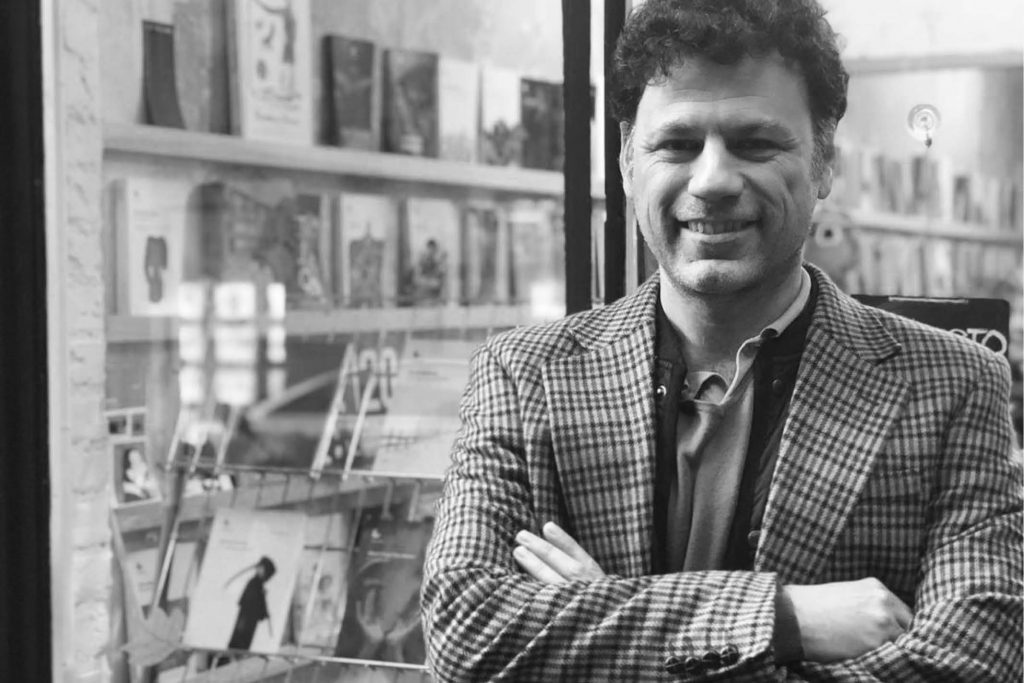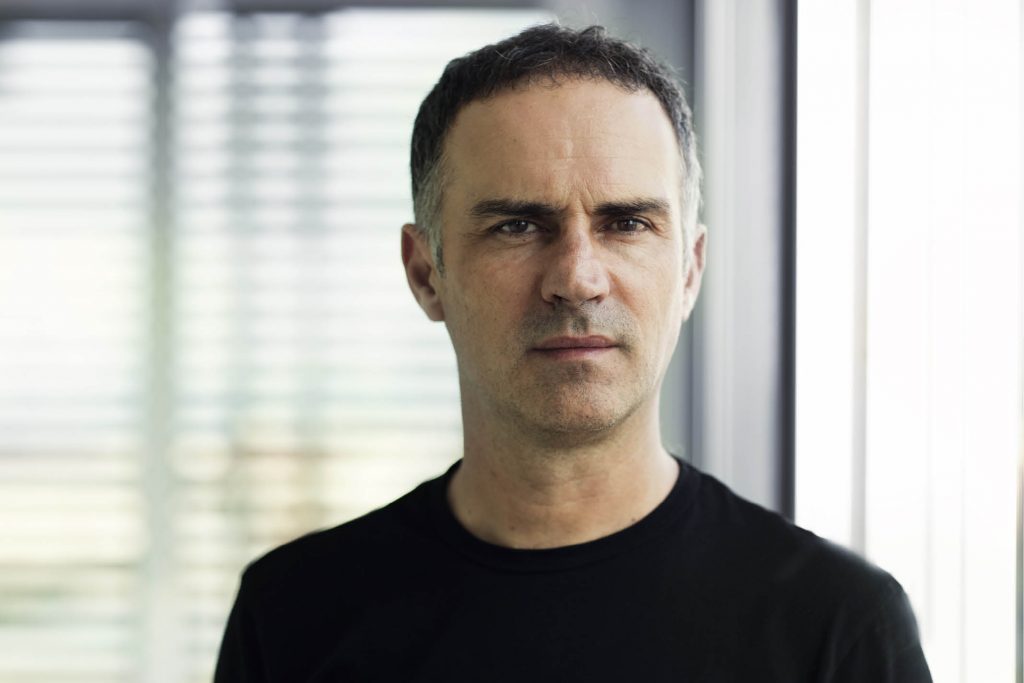
We speak to David García-Asenjo, an architect specialising in construction and a Doctor of Advanced Architectural Projects with a thesis on ‘Project Strategies in Contemporary Spanish Sacred Architecture’.
Tell us when you first got interested in architecture. Were you always interested in buildings?
I never thought I would be skilled enough for architecture, although I always liked it. However, an architect gave a talk at my school and showed me how interesting the degree was and I was sold.
What inspires you the most about your profession?
That there are lots of fields of work: from designing spaces where people will live to solving problems that may be linked to those spaces. And research into its history too.
How important is it to study the most representative architecture and its famous architects?
They help understand how the best architecture functions, how cities grow and evolve, including mistakes that may have been made.
What conclusions did you draw about contemporary Spanish religious architecture through your PhD research?
The main conclusion was that the principal reason behind good architecture is a client who is committed to it, even though there may not be many resources to make it happen. In addition, collaboration between architects and artists helps create more rounded spaces.
Which materials do you like to work with the most when it comes to finishes? And why?
It depends on the project. Usually I try to match a client’s possibilities as much as I can. I try to avoid imitations of other materials and to make them as simple as possible. I would love to work with quality materials such as wood or stone.
You are an architecture critic in the Spanish newspaper El Español. Do you think readers of mass media have a lot of interest in architecture? What are the most recent approaches you’d like to highlight?
I have received a good response from non-specialised readers of articles I have written. Architecture is everywhere. But there is a “right-now” problem in the media that impedes a more thoughtful reflection on architecture or that sidesteps occasional controversies. The main reflection is how we come to value contemporary architecture as something worthy of cultural heritage protection. Progress has been made with historical architecture, but people do not seem to appreciate how contemporary architecture is a reflection of the values of a certain period. Contemporary culture is highly valued but architecture seems to have been left behind; or that is how many media outlets see it. There is interest in finding out about it but no space is made available for people to discover it.
Related content: Interview with Ramón Esteve


